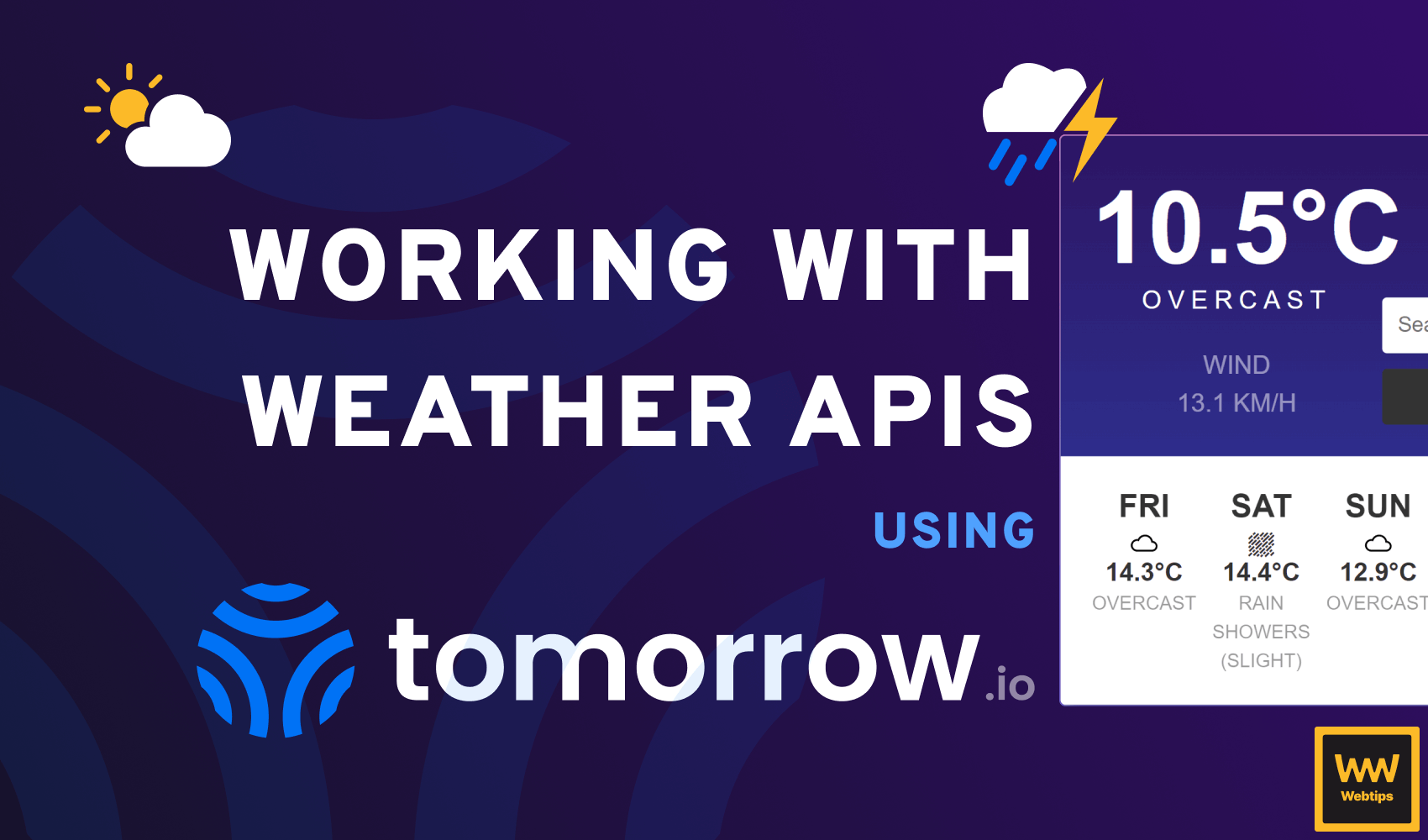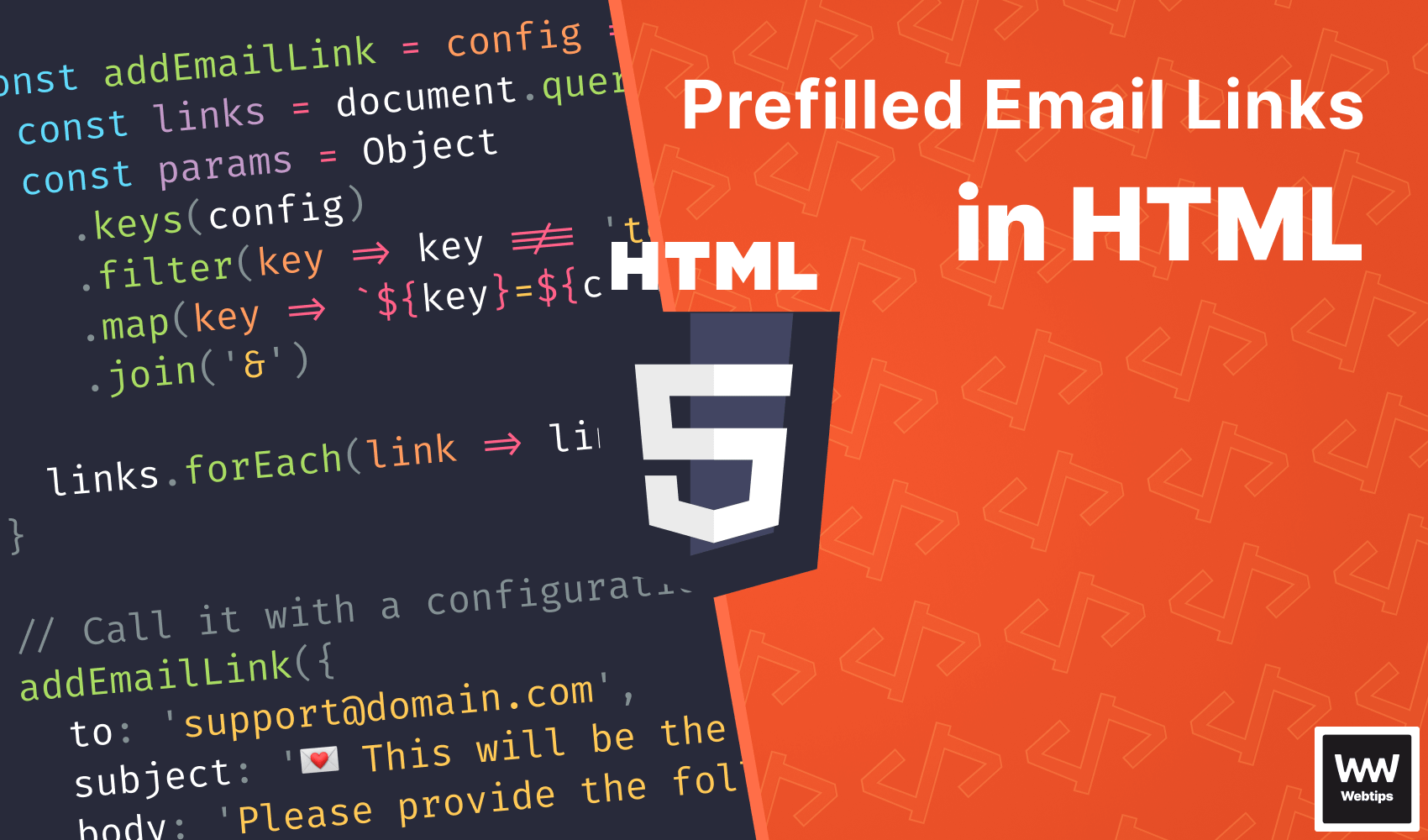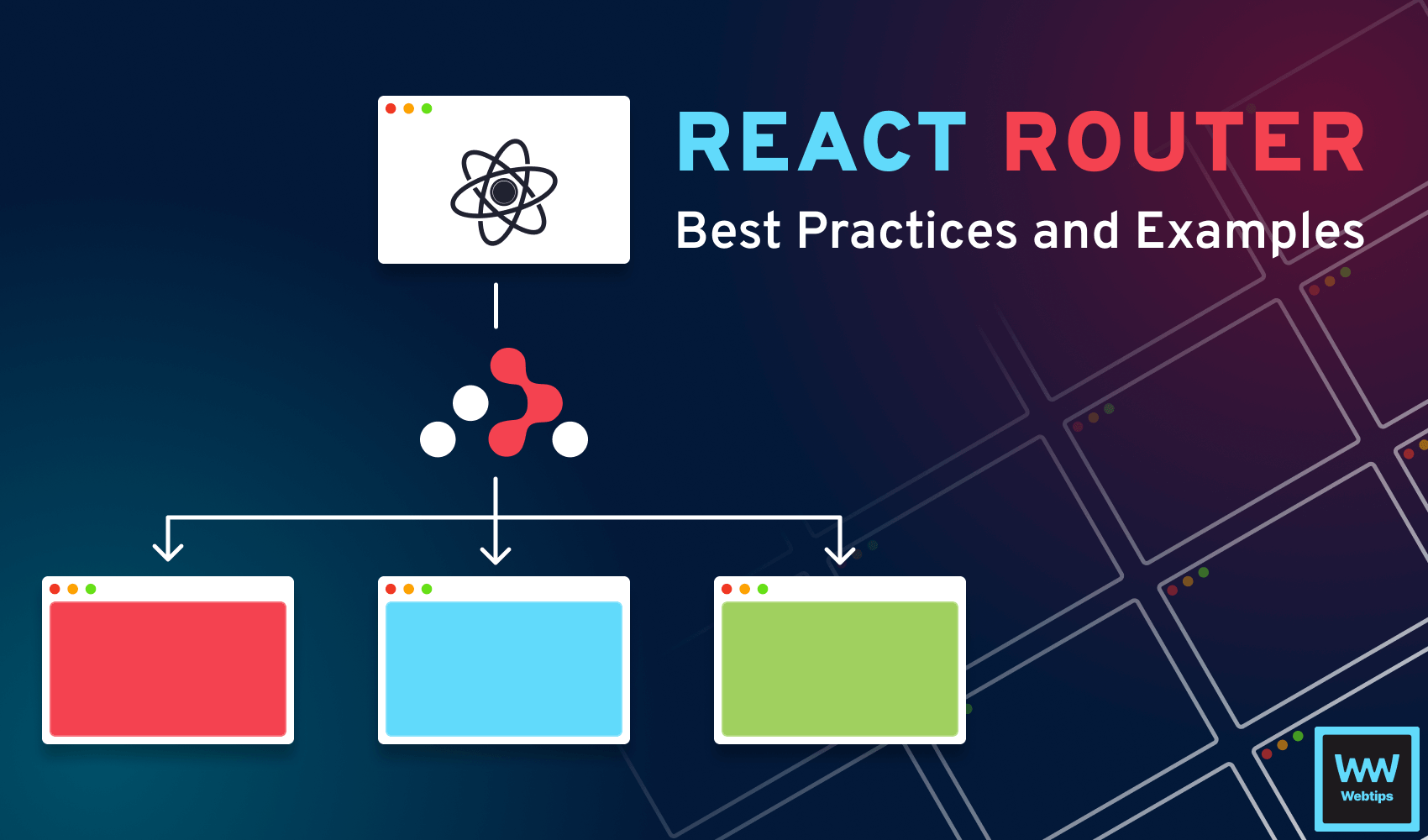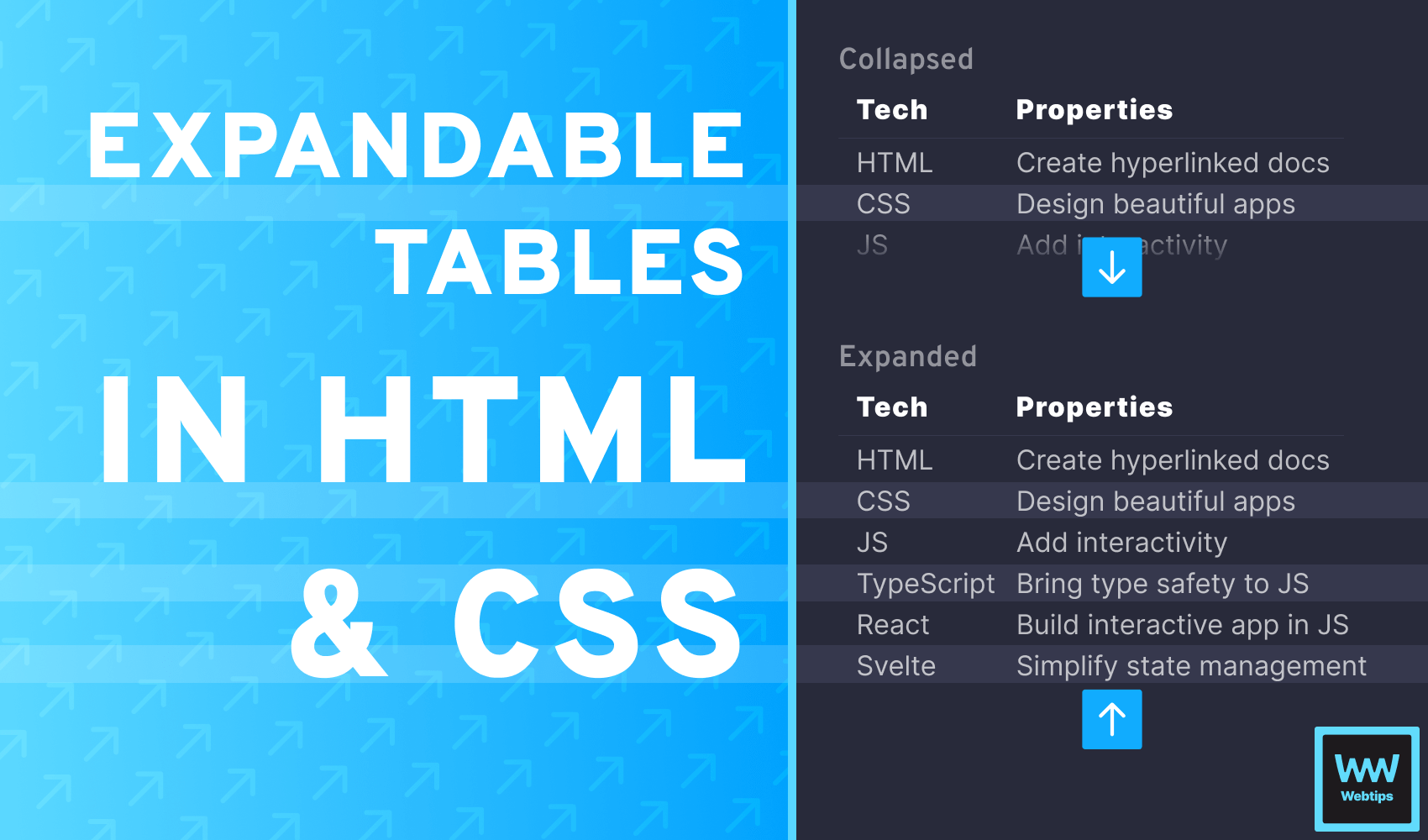
Unleashing the Power of Weather APIs: A Guide for Frontend Developers
In the ever-evolving tech landscape, weather APIs have emerged as powerful tools for developers, enabling them to incorporate real-time and predictive weather data into their applications. This article will delve into the world of weather APIs, exploring how they can help frontend developers enhance user experiences and drive success.
Weather Data: A Valuable Resource for Businesses
Weather data is a crucial asset for businesses, aiding in decision-making, boosting operational efficiency, and adding a personal touch to user experiences. With the growing impact of climate change, it's essential for businesses to have quick access to accurate weather forecasts.
Decoding Weather APIs
A weather API, or Application Programming Interface, serves as a bridge between developers and weather data sources. It allows developers to fetch weather data by sending API requests that include location, time, and weather metric parameters.
Variables such as temperature, humidity, precipitation, wind speed, and many more can be accessed through weather APIs.
Five Key Advantages of Integrating Weather APIs
- Real-Time Data: Weather APIs provide real-time weather data, which is crucial for many applications. This data can be used to provide live weather updates, forecasts, and other relevant information to the users. This can be particularly useful for travel, event planning, or outdoor activity apps where weather conditions can significantly impact user decisions.
- Ease of Integration: Weather APIs are designed for easy integration into frontend applications. They return data in standard formats like JSON or XML, which can be readily used in the frontend. This allows developers to focus more on the user interface and user experience rather than worrying about data collection and processing.
- Global Coverage: Most weather APIs offer global coverage, meaning that regardless of your users' locations, you can provide them with accurate and relevant weather data. This is particularly important for applications with a global user base.
- Customizability: Weather APIs often provide a wide range of data points, including temperature, humidity, wind speed, precipitation, UV index, and more. Developers can choose specific data to display based on the needs of their application and user preferences.
- Reliability and Accuracy: Weather APIs source their data from reliable and accurate sources, often combining data from multiple weather stations and satellites. This ensures that the data your application uses and displays is both reliable and accurate.

A Step-by-Step Guide to Weather API Integration
Here's a simple guide to integrating a weather API into your application. For this example, we'll use Tomorrow.io's weather API.
- Register for Tomorrow.io's weather API: Start by registering for the weather API. Visit Tomorrow.io, create your account, and request an API key by filling out a simple form.
- Dive into Tomorrow.io's Documentation: Take some time to explore the extensive documentation provided by Tomorrow.io's weather API. This resource will give you a deep understanding of how to access and use their weather data. Get familiar with the different data types available and learn how to craft effective API requests.
- Define Your Desired Features: Before you start developing your weather app, decide on the specific features you want to include. Do you want to display the current temperature, humidity, and wind speed, or would a five-day forecast be more suitable? Answering these questions early on will make the development process smoother.
- Start Building Your App: Once you've decided on your features, you can start developing your weather app using HTML, CSS, and JavaScript. Use JavaScript's fetch() function to send API requests and fetch real-time weather data from Tomorrow.io's weather API. This will allow your app to dynamically display the desired weather information.
- Display Weather Data on Your Website: After successfully retrieving the weather data from the API request, use HTML and CSS to display the data on your website. Use div elements to show the current temperature and weather icon and incorporate a table for the five-day forecast. Design the layout and visual presentation to match your app's aesthetic.
- Thorough Testing: Before launching your weather app, conduct thorough testing to ensure its functionality and performance. Use the developer tools provided by your web browser to identify and debug any errors or issues that may arise. This rigorous testing phase ensures your app is robust and ready for public use.
Here's a sample JavaScript code snippet to get you started with making API requests to Tomorrow.io's weather API and fetching weather data:
// Sample code for making a weather API request
const apiKey = 'YOUR_API_KEY';
const apiUrl = 'https://api.tomorrow.io/v4/timelines';
// Construct the API request URL
const params = [
'location=LATITUDE,LONGITUDE',
'fields=temperature_2m,humidity_2m,wind_speed_10m',
`apikey=${apiKey}`
];
const requestUrl = `${apiUrl}?${params.join('&')}`;The above code will build up the full API URL that can be used to fetch weather data. For improved readability, the API parameters can be stored inside a params array, which can be concatenated into a string using params.join.
To receive and use the data from this API, we can use the built-in Fetch API to process the response and display it to the user. Add the following code after the requestUrl variable to also fetch the weather data:
// Use the fetch() function to make the API request
fetch(requestUrl)
.then(response => response.json())
.then(data => {
// Process the received weather data
const responseData = data.data.timelines[0].intervals[0].values;
const temperature = responseData.temperature_2m;
const humidity = responseData.humidity_2m;
const windSpeed = responseData.wind_speed_10m;
// Display the weather data on your website
document.getElementById('temperature').textContent = `Temperature: ${temperature}°C`;
document.getElementById('humidity').textContent = `Humidity: ${humidity}%`;
document.getElementById('wind-speed').textContent = `Wind Speed: ${windSpeed} m/s`;
}).catch((error) => {
console.error('Error:', error);
});Key Features of a Great Weather API To Look Out For
- Location-Specific Data: A reliable weather API should provide real-time weather information specific to the user's location to ensure accuracy and relevance.
- Accurate Forecasts: The API's weather forecasts should be accurate and timely, helping users plan effectively.
- Comprehensive Weather Metrics: A top-notch weather API should offer a wide range of weather metrics beyond just temperature and precipitation. This can include wind speed, barometric pressure, visibility, UV index, and more, helping users understand the full impact of current weather conditions.
- Easy Integration and Documentation: A weather API should integrate seamlessly with existing platforms and services. Clear documentation and technical support should be provided to ensure developers can easily implement and use the API's features.
Conclusion
Weather APIs have become essential tools for developers, enabling them to harness weather data and deliver personalized experiences to users. By integrating these APIs into their applications and services, businesses can optimize operations, boost user engagement, and unlock new revenue opportunities.
As climate change continues to impact weather patterns, the integration of weather APIs will become increasingly important for businesses looking to stay ahead in an unpredictable world.

Rocket Launch Your Career
Speed up your learning progress with our mentorship program. Join as a mentee to unlock the full potential of Webtips and get a personalized learning experience by experts to master the following frontend technologies:






